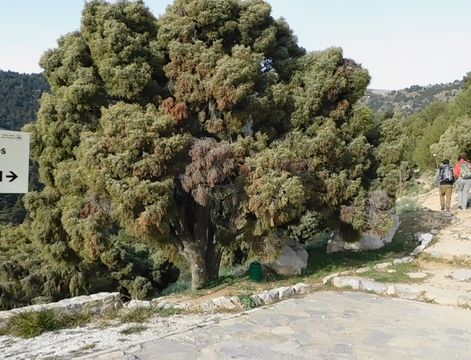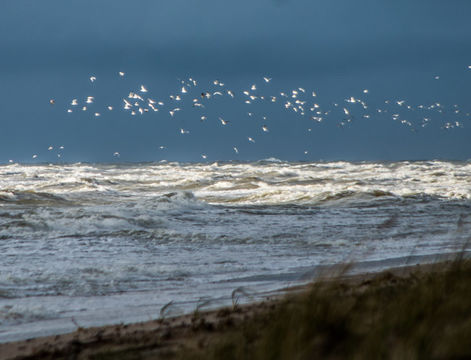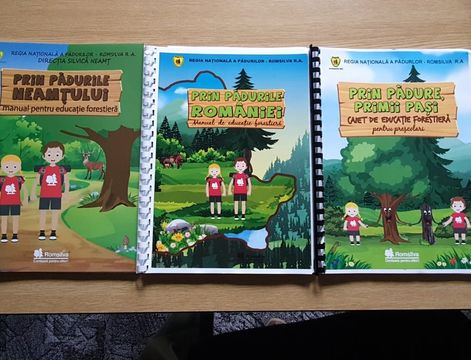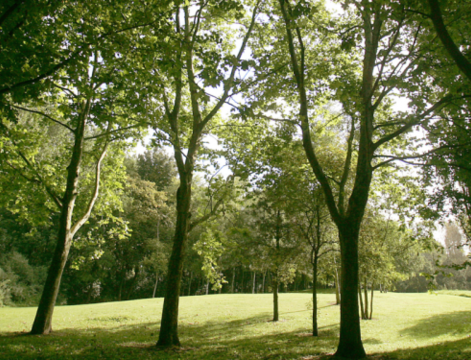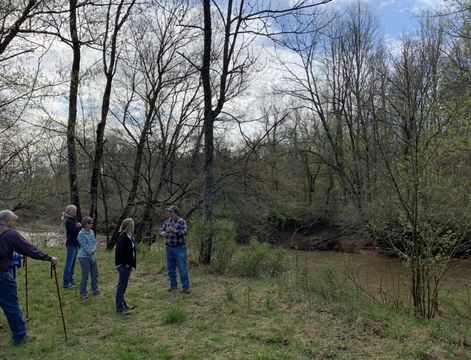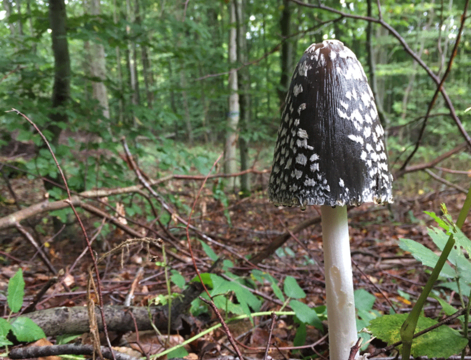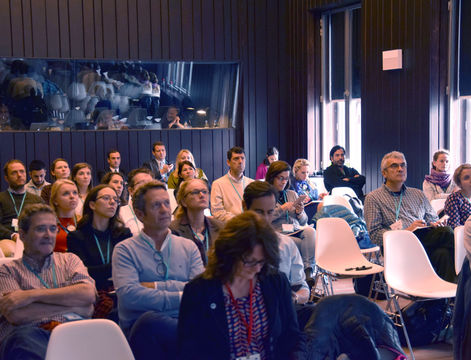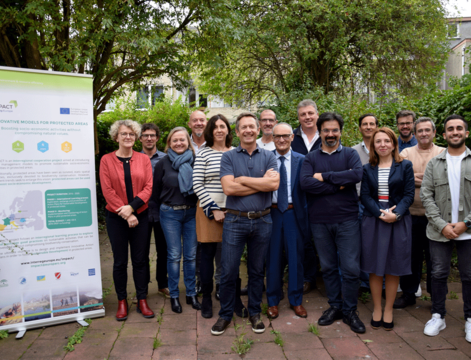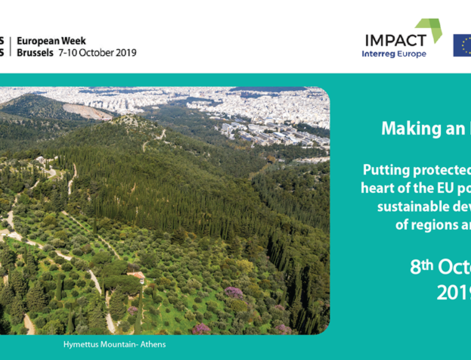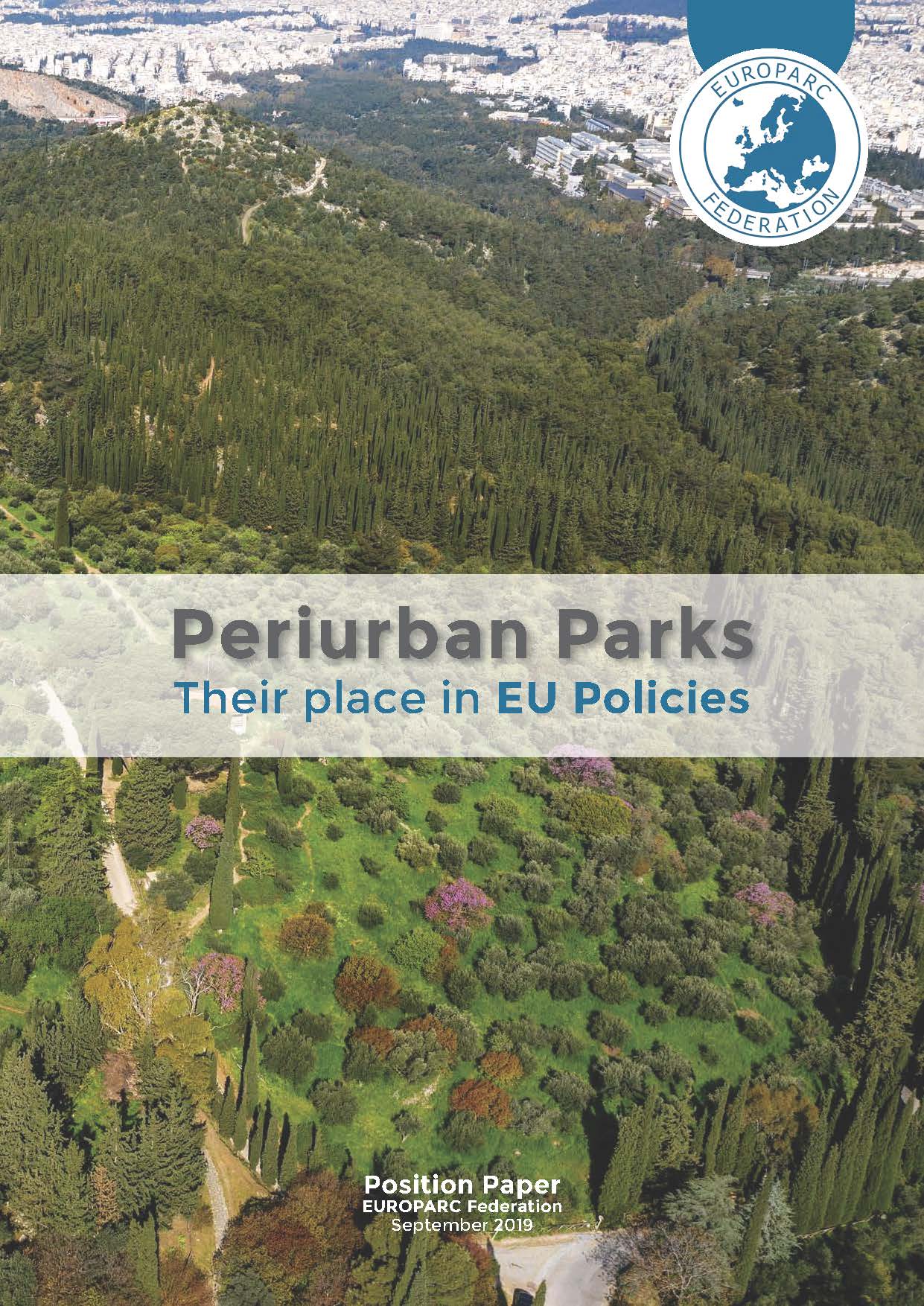After the approval of the different action plans, IMPACT project has recently entered the 2nd Phase: partners have started to implement their action plans in their respective regions.
During a two-day meeting (21 & 22 November 2018) hosted in Málaga by the Lead Partner - the Regional Government of Andalusia-, partners gathered to discuss management procedures of the project second phase and to check on the progress of the action plans implementation.
As an introduction to the Andalusian protected areas system, Julián del Río from the Environment and Water Agency of Andalusia presented the Andalusian Model for Public Use in Protected Areas, which promotes the involvement of private entrepreneurs to manage some parks facilities, especially visitors centres. Quite often, these visitors centres offer guided interpretation tours, outdoor activities and are a point of sale of local crafted produce. Furthermore, the Regional Government has created an integrated website which is an open window for visitors. From this website gateway, users can find information for each one of the protected areas, can book outdoors activities, and buy products from parks.
Thereafter, Juan Blas González, also from the Environment and Water Agency of Andalusia, explained the main features of the Sustainable Development Plans that are prepared for all Andalusian Protected Areas and their areas of influence, which are defined as the municipalities that contain any portion of the protected area, regardless of the size it might have. An important step before the approval of the Sustainable Development Plans is to conduct several participatory processes organised both as working groups involving main parks' stakeholders and social forums, organised by interests (fishing, tourism, agriculture, etc.) or municipalities.
The following day, IMPACT partners could discover one of the most visited trekking paths in Andalusia, El Caminito del Rey", which receives over 1 Million visitors per year. This was an abandoned trail located in a Landscape protected space, with a high cultural and natural value that has been restored and conditioned to receive visitors, thus promoting a sustainable touristic activity that generates direct and indirect socio-economic benefits for the local population.



